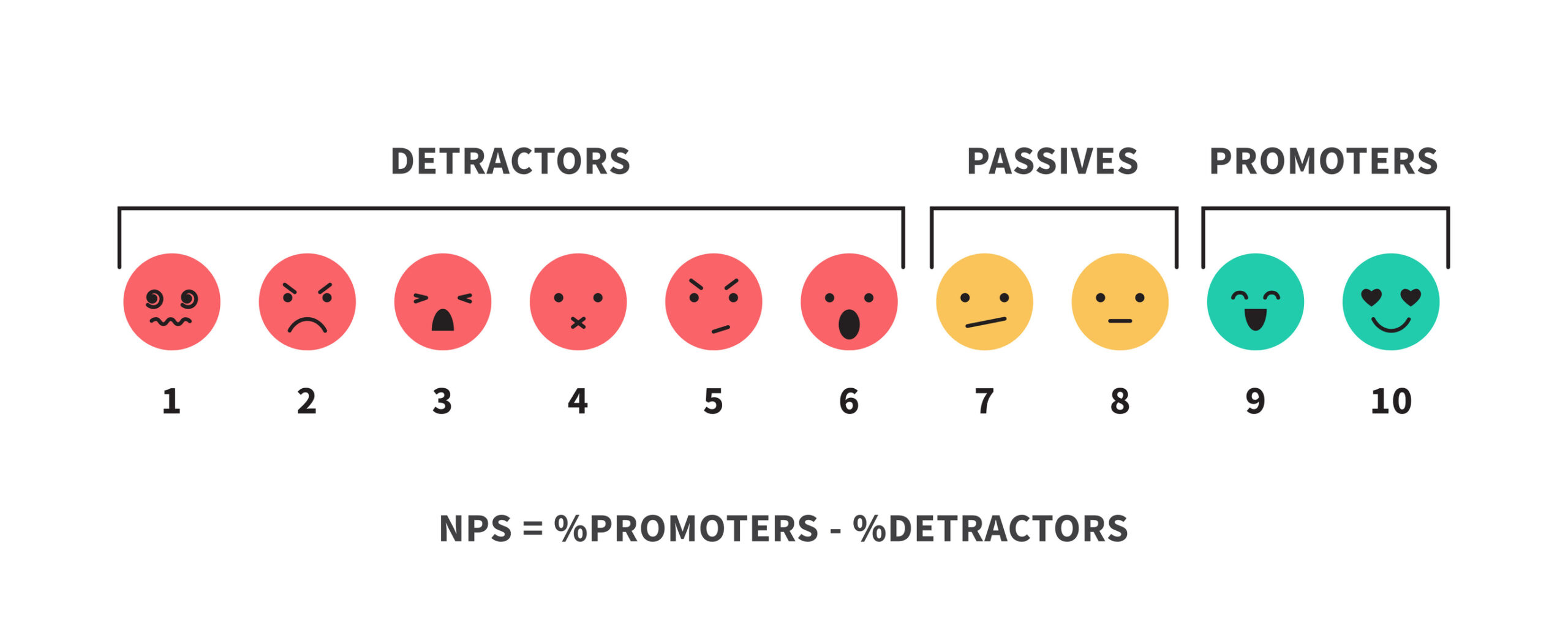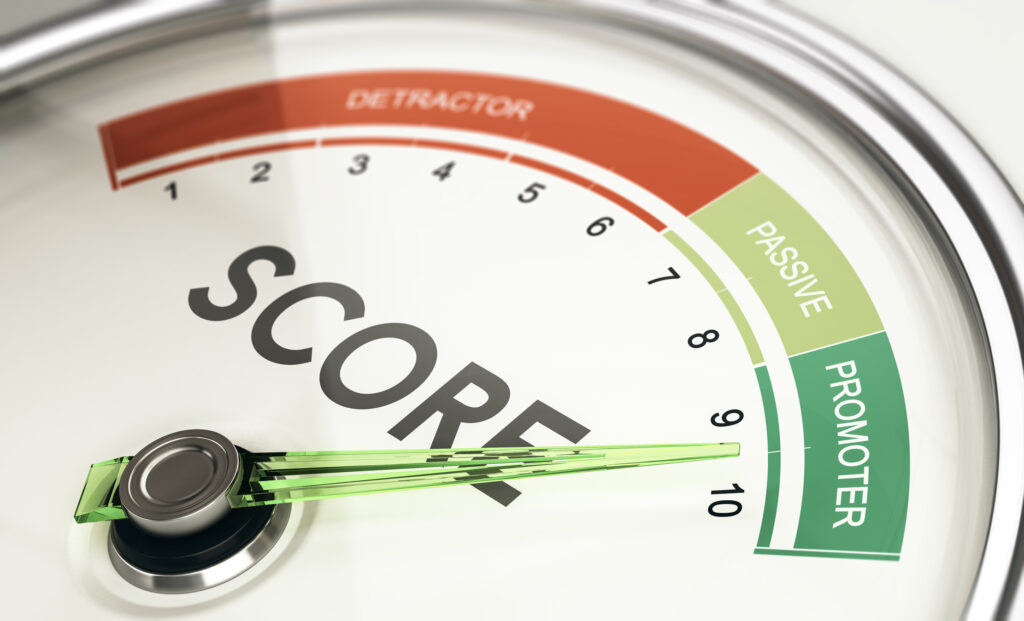I don’t mean to brag, but KPA has been killing it on customer satisfaction lately.
Okay, you know what? I do mean to brag. Because when you have numbers like the ones we have, you kind of have to show them off.

I’ve worked in marketing for quite a while, and I’ve never seen an NPS that high. Before this year, the highest scores we achieved were a little over 90—which was pretty darn impressive each time. In recent months, our NPS has skyrocketed, which I see as a clear signal that we’re doing our job during a critical period for businesses and their employees.
But let’s back up.
What Is NPS and Why Does It Matter?
For those out there who may not be familiar, NPS is a pivotal customer satisfaction metric. It indicates the overall sentiment among the people an organization serves.
To determine its NPS, a business first asks customers to answer a basic survey question: “How likely are you to recommend this business [or brand/product/service] to others? Respondents give number ratings from 0 to 10. The higher the rating, the likelier the person is to make a recommendation.
Sounds simple, right? Here’s where things get a little more complicated. Rather than just adding all the responses up and determining the average, the organization categorizes respondents into 3 buckets based on their scores:
- promoters (people who give ratings of 9 or 10)
- passives (people who give ratings of 7 or 8)
- detractors (people who give ratings 6 or below)
Next, the organization subtracts the number of detractors from the number of promoters. The final score is expressed as a number from -100 to 100, reflecting the percentage of promoters in the overall customer base.

A score close to 100 is extraordinary, as there’s a larger range of negative ratings than of positive ratings, and every neutral response shrinks the overall total.
For instance, let’s say you surveyed 200 people, and found 100 promoters, 50 passives, and 50 detractors. Even though promoters make up half of your customers, your NPS would only be 25.
Here’s a free online tool you can use to calculate your NPS.
Back to our score. KPA’s 96 reveals that the vast majority of people who use our safety and compliance consulting services would recommend us to their friends and colleagues. Our customers aren’t just happy with the services they receive; they’re passionate advocates for what we do here at KPA.
Auto Dealer's $27 Million Bad Day
The direct and indirect costs of a workplace injury or illness can have a significant impact on a dealer's bottom line. Download this guide and save your dealership millions.
How About Your CSI?
Important as it is, NPS is one metric among many. Another crucial number our customers pay attention to is the Customer Satisfaction Index.
At auto dealerships especially, CSI can financially underpin or torpedo the business. In the sales department, it can be the reason for a bonus or grounds for termination. Edmunds.com Senior Editor (and former car salesperson) Matt Jones explains:
“Customer Satisfaction Index (CSI) scores are an important part of everyday life at a dealership, and for good reason. Automakers want to hear from customers in order to gauge how well the franchise is doing in key areas, primarily customer satisfaction with the sales process. On the dealership level, these scores often determine future inventory. The better the score, the more likely a dealership is to get in-demand vehicles. Depending on the manufacturer, CSI scores also can affect the quarterly or annual bonuses it pays to the dealership, which are often essential to the dealership’s bottom line.”
Dealerships and their sales representatives take great pains to increase their CSI scores. They center the customer in everything they do, focusing on comfort and convenience. Unfortunately, this leads some dealerships to cut corners in workforce compliance, which ultimately comes back around and collides with customer satisfaction. Claims of fraudulent, unfair, deceptive, or abusive acts or practices tend to correlate with negative scores.
Customer Satisfaction Is More Important Than Ever
An NPS or CSI score isn’t the end-all, be-all of business success, but these are a couple numbers you really shouldn’t ignore, no matter which side of the customer relationship you find yourself on.
First, think about your business:
How many of your customers would be willing to recommend your business, products, and/or services to others? How many of the people you serve are ready to go to bat for you?
Now, think about yourself as a customer.
Consider the tools, vendors, and partners your organization relies on: Which ones would you recommend? Which do you feel “meh” about—or worse? How would you rate your interactions with their sales and customer service teams?
In these uncertain times, when word-of-mouth is the most powerful determinant of business survival and success, every passive and detractor among your customer base is a missed opportunity. And every mediocre or straight-up bad product or service is a waste of your organization’s time and money.
It’s time to prioritize customer satisfaction—your customers’ and your own. Don’t be comfortable with less-than-stellar customer sentiment. And don’t settle for less-than-amazing business products, services, and partnerships.
So, when you’re evaluating vendors across the board, ask them about their NPS scores. What you’ll find is enlightening, and can help you compare apples to apples.
When you use KPA, you optimize your workforce safety, HR, and compliance processes, improving your capacity to truly serve and delight your customers. We’re the best at what we do. But you don’t have to take my word for it. Just look at our NPS rating.
Related Content
Explore more comprehensive articles, specialized guides, and insightful interviews selected, offering fresh insights, data-driven analysis, and expert perspectives.

